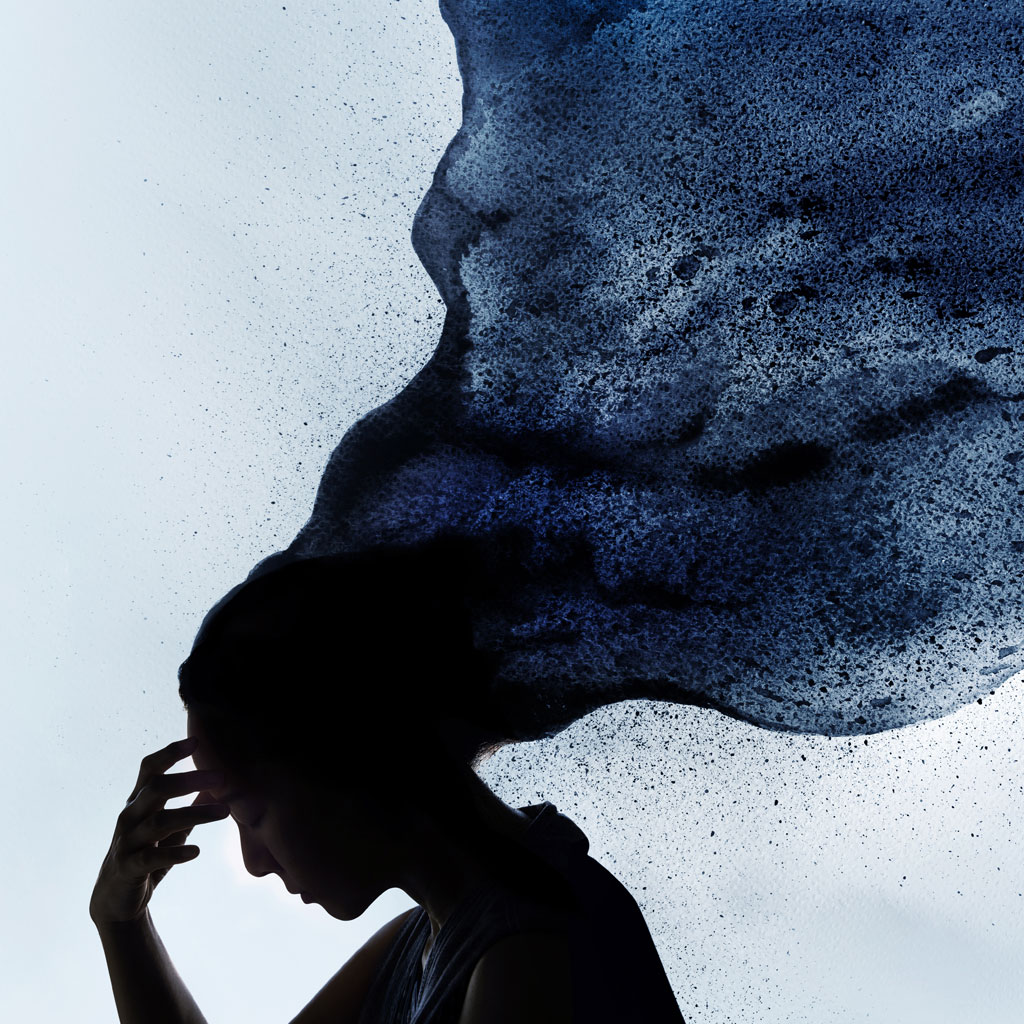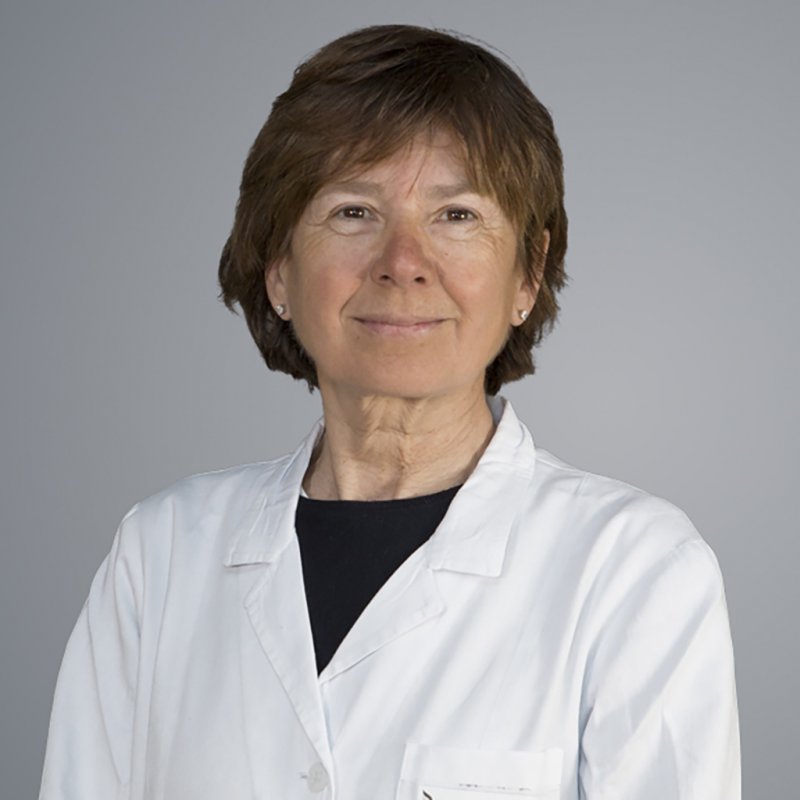Depression: what it is and how it is treated

Publication date: 03-08-2022
Updated on: 28-04-2023
Topic: Mental health
Estimated reading time: 1 min
Article Author
Carolina Cappello
Medical Editor
Cristina Anna Colombo
Editor and Translator
Viktoryia LuhakovaEven today, talking about depression can cause social stigma. However, it is a very common disorder in modern society: recent studies show that in Western countries, 1 in 15 people experience a depressive episode at least once in their lives.
The only way to get rid of the stigma is to be informed and consult with experts on how to deal best with this disease. Depression is a treatable and curable disease. Let's deepen the topic with Prof. Cristina Colombo, Director of the Center for Mood Disorders at Ospedale San Raffaele-Turro.
What it is and its different types
Depression is part of the mood disorders, usually the term 'depression' is used to indicate, in a generic way, any depressive condition. In fact, according to the DSM-5 (Diagnostic and Statistical Manual of Mental Disorders, 5th edition), depressive disorders are different from each other and can be distinguished on the basis of symptoms or of the etiology (causes).
In the typology of depressive disorders divided by symptoms, we find:
- major depressive disorder (or major depression);
- persistent depressive disorder (dysthymia);
- other specified or unspecified depressive disorder.
In case depressive disorders are divided by cause, we refer to:
- premenstrual dysphoric disorder;
- depressive disorder associated with / due to another physical condition;
- iatrogenic depressive disorder, i.e. substance and / or drug induced.
Symptoms of depression
Depression can present with a rather heterogeneous symptoms and with different levels of severity based on the specific disorder. Symptoms include:
- low mood;
- cognitive and / or motor dysfunction;
- exhaustion;
- loss of attention;
- absence / decrease of interest in leisure activities;
- sleep disorders;
- suicidal thoughts.
“These symptoms may be associated with further psychological symptoms, such as panic and anxiety attacks, complicating patient's clinical picture. It is also essential to point out that those suffering from depression are more inclined to use alcohol and drugs, often in vain attempt of self-medication,” explains Prof. Colombo.
Causes
“To date, specific causes of depressive disorders are unknown. The maggiority of experts believe that the disease has a multifactorial origin, in which the environment and genetic heredity play a key role,” continues the specialist.
They can occur at any age, more often during adolescence and between 20 and 30 years. There is a prevalence in the female population, but, even on this front, the reason is not scientifically known.
Diagnostics
As for the diagnostic aspects, the key element is represented by the symptoms, both in terms of severity and duration.
For example, for major depression the fundamental condition is that at least 5 symptoms are present on a daily basis for 2 consecutive weeks.
On the other hand, in persistent depressive disorder at least 2 symptoms must have been present for at least 2 years without remission.
In addition to clinical criteria and identification of symptoms, diagnosis can be made using specific tests.
Cure
“In some realities, such as Center for Mood Disorders at the Ospedale San Raffaele-Turro, innovative therapeutic techniques from various fields are in the use, they include:
- pharmacological therapy;
- light therapy (LT);
- total sleep deprivation (TSD);
- TSD and LT in resistant depression (unipolar and bipolar);
- somatic therapies (transcranial magnetic stimulation, transcranial stimulation with direct current, electroconvulsive therapy),” concludes Prof. Colombo.